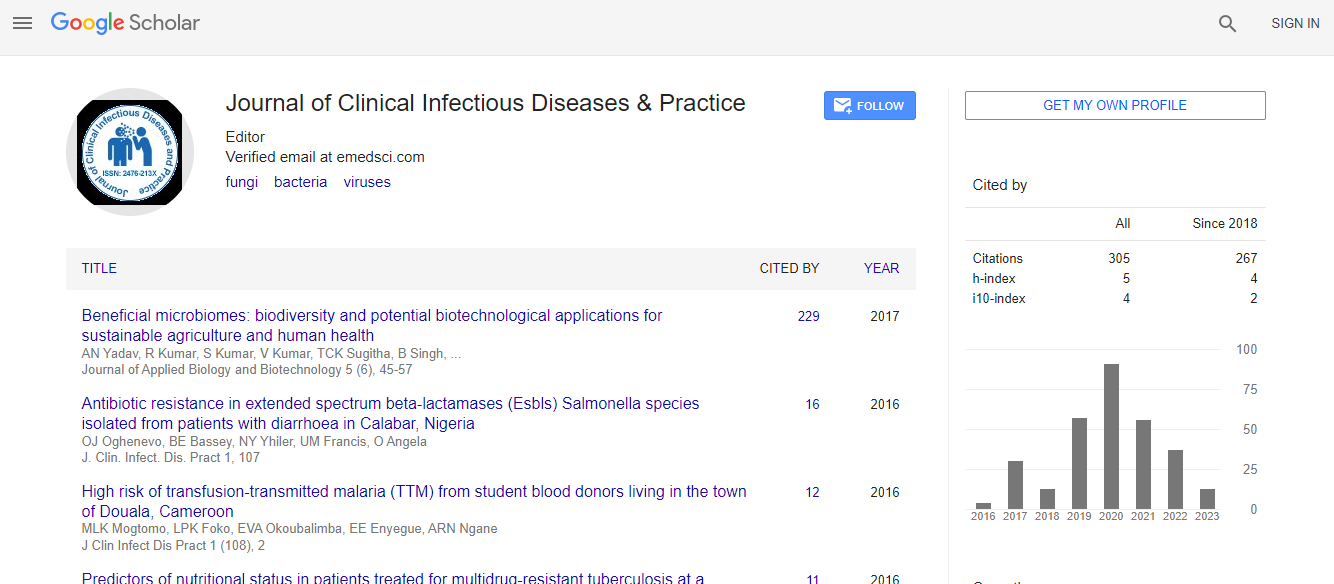The Impact of Protein Binding on Antibacterial Activities of Antibiotics is more than Predicted by Considering its Numerical Value Alone: Impact of Preparative and Incubation Methods on Different Pharmacodynamic Endpoints of Ã-Lactams, Macrolides, Fluoroquinolones Against Gram-positive and Gram-negative Bacteria-Part I
Abstract
Objectives: Protein binding decreases antibacterial activities as the free fraction only crosses membranes thus reaching intracellular targets. However, serum components may also increase antibacterial activities. Therefore, the effect of serum proteins on activities of ß-lactams, macrolides, and fluoroquinolones was examined. Several preparation- and cultivation-conditions were examined as some preparative methods like freeze-thawing of sera may cause artifacts. Furthermore, previous studies have indicated that data may vary depending on the endpoints studied. Therefore, the aim of this study was to avoid an impact of methodological factors on the data generated and to analyse the activities of the study drugs by examining different static- or dynamic endpoints. Methods: Bacteria were grown in Brain Heart Infusion Broth (BHI), plus 50% of either fresh inactivated, pH 7.2, or fresh inactivated- , pH 7.2 or 8.2, frozen inactivated-serum, pH 8.2 as compared to BHI without any supplementations, pH 7.2 or 8.2, and BHI plus 45 g/L albumin. MICs of faropenem, amoxicillin, clarithromycin, azithromycin, moxifloxacin, and levofloxacin were determined and kill-kinetics were recorded following exposure to constant or fluctuating drug concentrations simulating serum pharmacokinetics of the agents. Kill-rates and areas under the bacterial kill curves were calculated. Results: Albumin and inactive serum increased MICs and reduced kill-rates of the agents studied in conformity with their protein binding, whereas active serum increased the activities of the agents. MICs and kill-rates did not change in parallel. The impact of protein binding in decreasing order was: MICs>kill-rates in time-kill experiments>kill-rates in kinetic-simulations. Macrolides and fluoroquinolones but not ß-lactams were more active at an alkaline- than neutral pH. Use of frozen sera caused alkalinization of media, thus generating artifacts. Conclusions: The impact of serum proteins on antibacterial activities is strongly dependent from three factors: the methods applied to prepare the serum pool, the incubation conditions, and the enpoints studied.

 Spanish
Spanish  Chinese
Chinese  Russian
Russian  German
German  French
French  Japanese
Japanese  Portuguese
Portuguese  Hindi
Hindi 
